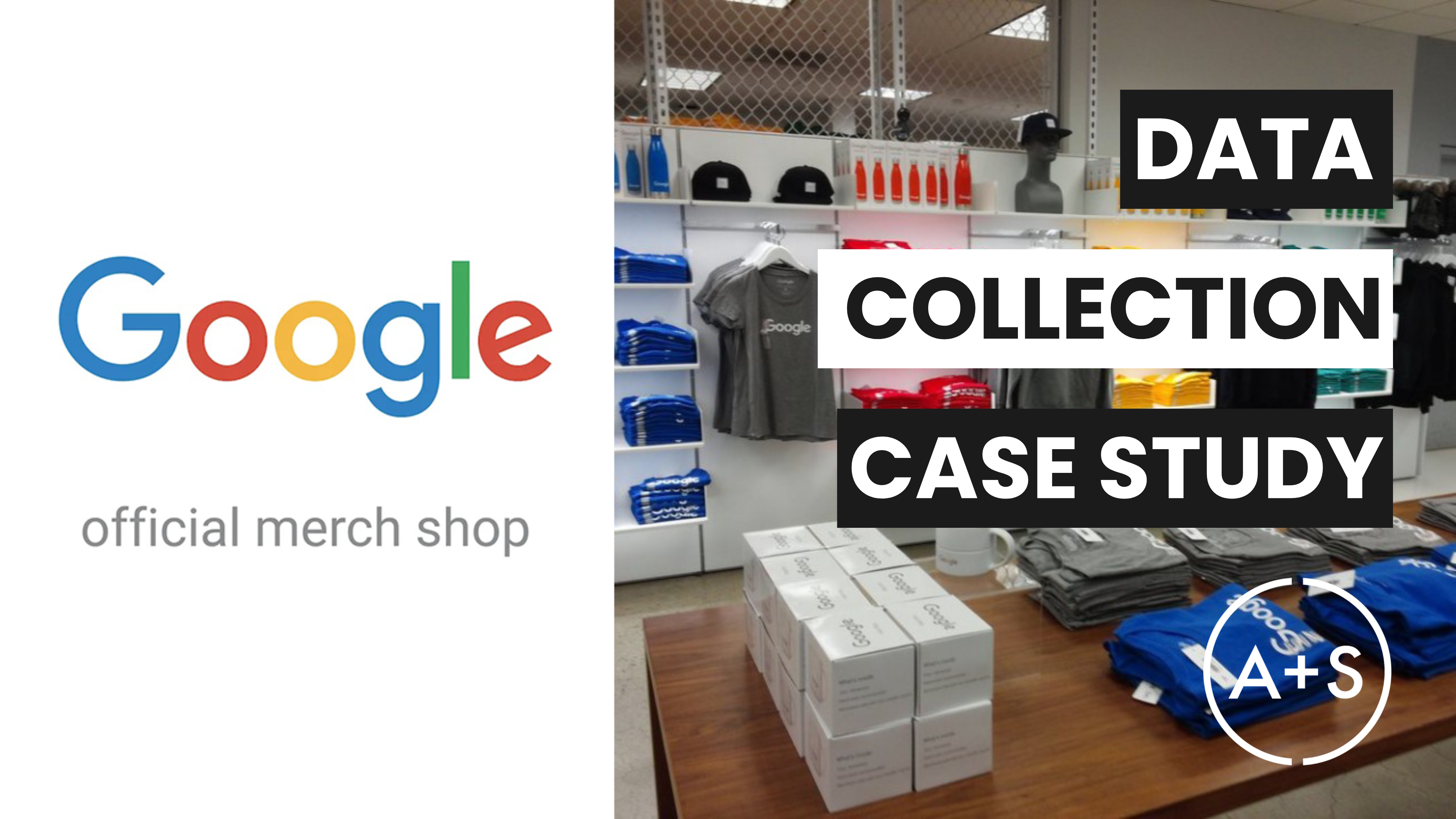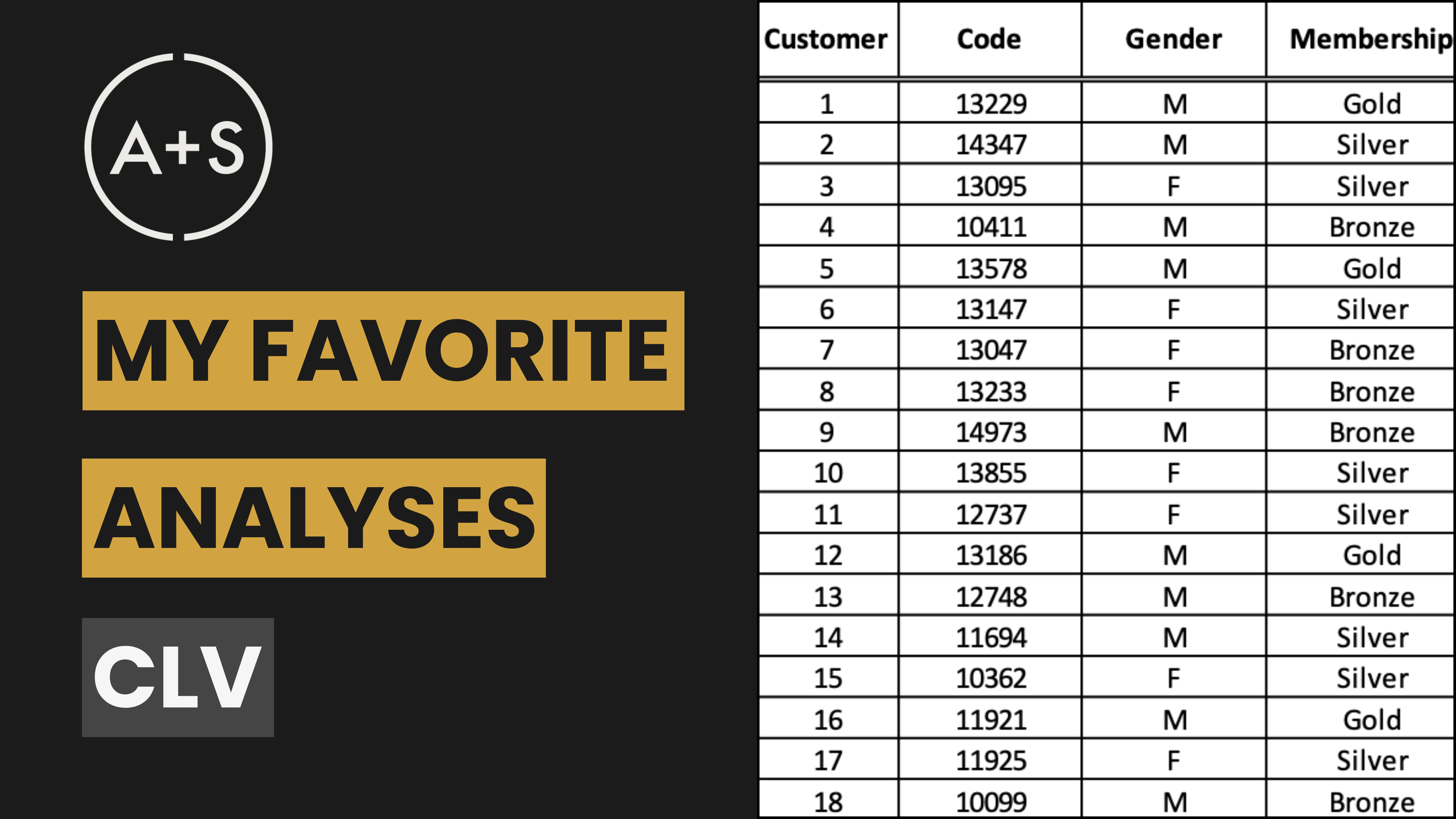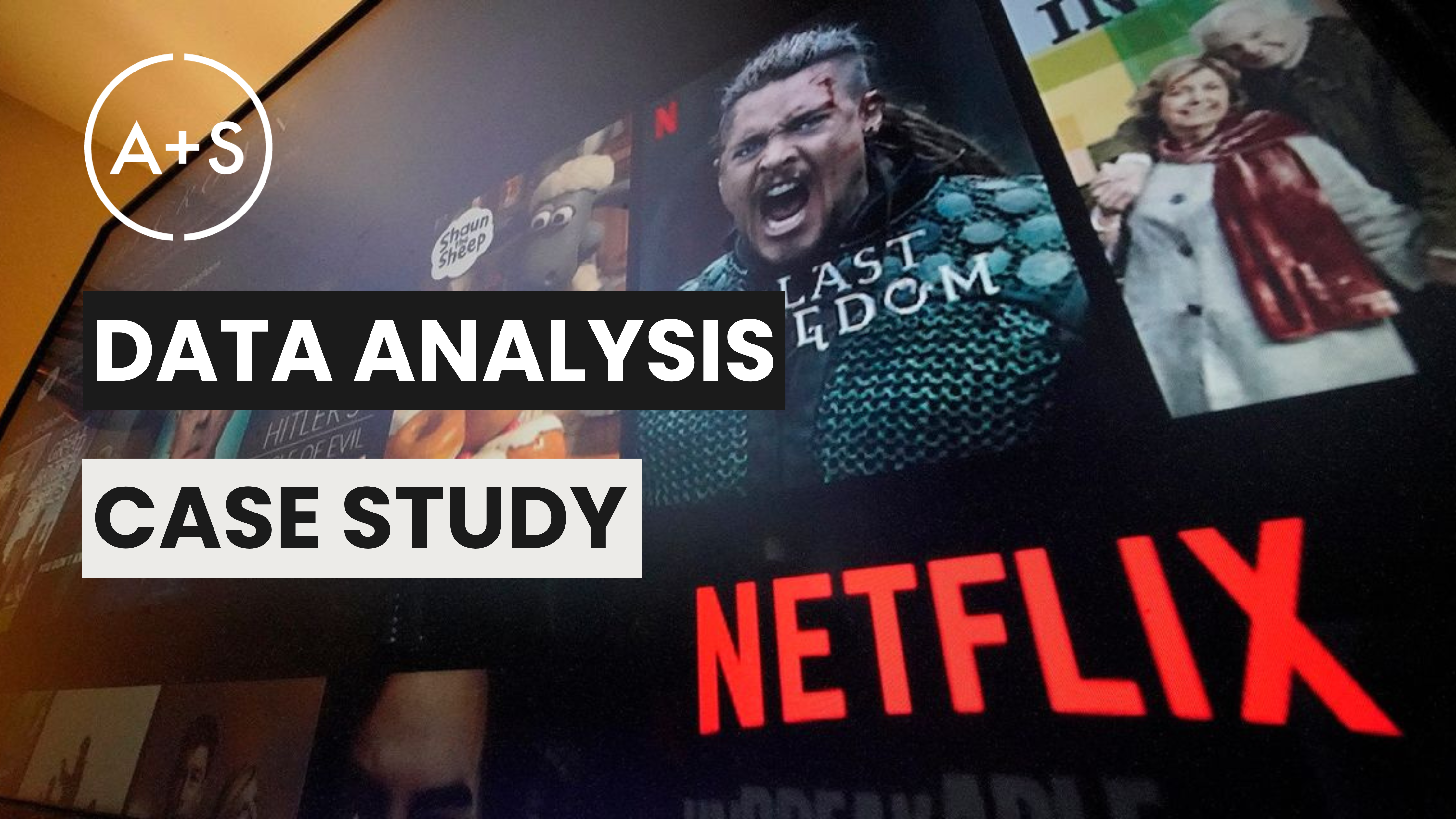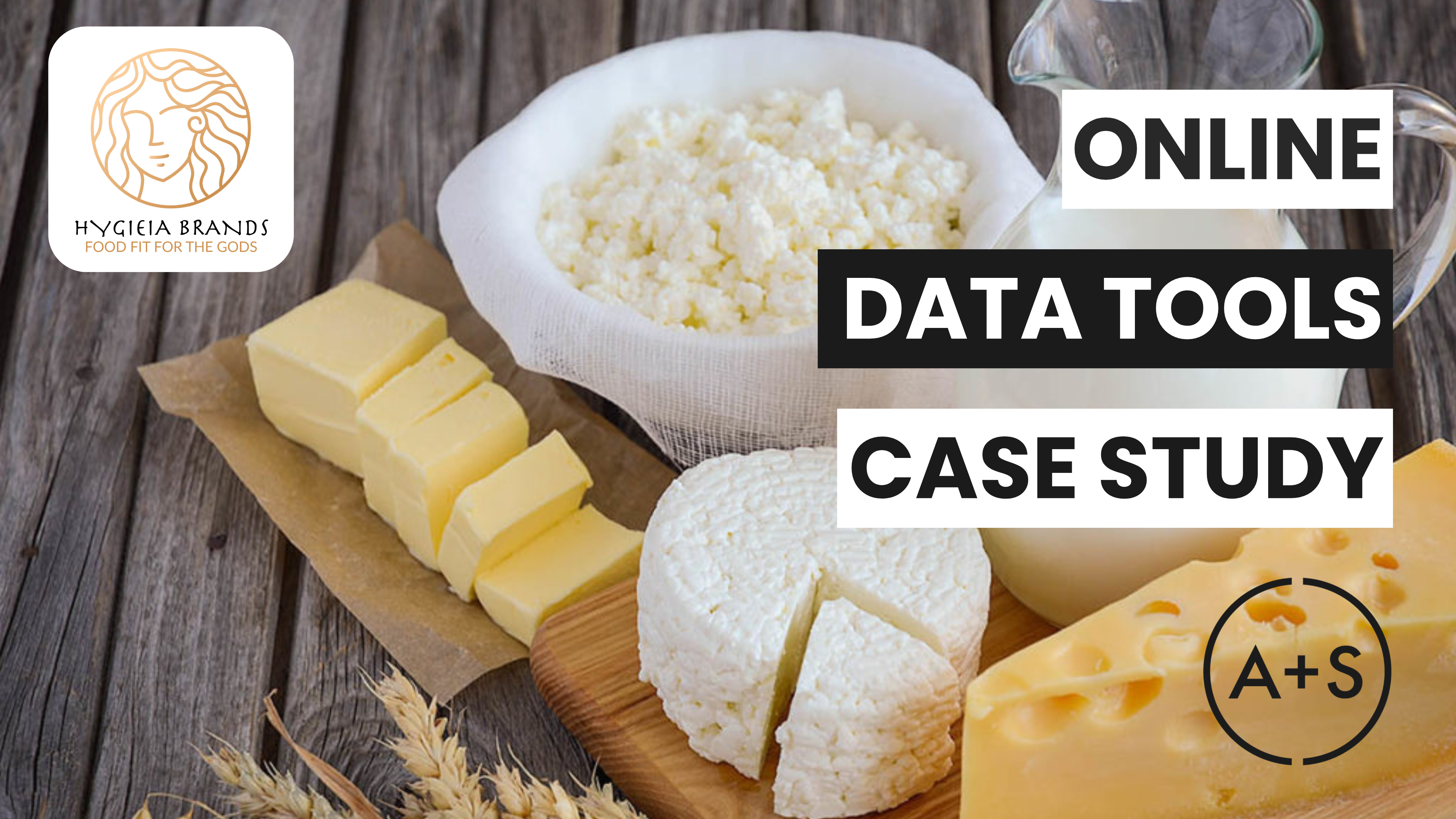Summary
Kristen Smyser, Inventory Manager and Merchandise Manager of the Google Merchandise Store for Robertson Marketing Group, had a fantastic holiday season. The store exceeded all expectations, but this activity prompted questions from the Robertson Marketing Group’s executive team. Smyser and her analysts must explore the store’s Google Analytics account to find the data that will answer the executive team’s questions.
Key characters
Google Merchandise Store: An e-commerce site that sells Google-branded merchandise, including apparel, stationery, drinkware, tote bags, and other items.
Kristen Smyser: Inventory Manager and Merchandise Manager at Google Merchandise Store for Robertson Marketing Group.
Robertson Marketing Group analyst team: Team of data analysts that reports to Kristen Smyser and is responsible for the collection, analysis, and reporting of data that guides the Google Merchandise Store marketing and other initiatives.
Robertson Marketing Group executive team: Executive team that’s responsible for Robertson Marketing Group’s client relationships. The team wants to maintain a positive relationship with one of its highest-profile clients: Google.
About Robertson Marketing Group
Robertson is Google’s branded merchandise partner in North America. With team members and offices in Silicon Valley and across the United States, in Canada, and in the United Kingdom, Robertson serves numerous Fortune 500 clients, including global technology leaders, such as Google. The Robertson team manages the online Google Merchandise Store and the Google campus store in Mountain View, California, and serves as a preferred provider for special order Google-branded products.
Robertson offers a full spectrum of in-house services to make it fast and easy to procure Google-branded products for marketing and other company events and projects, including design, production, and technology implementation capabilities.
How did the Google Merchandise Store perform during the holiday season?
Kristen Smyser knew the questions that would come.
As Inventory Manager and Merchandise Manager at Google Merchandise Store for Robertson Marketing Group, Smyser and her team oversaw the e-commerce activities on the Google Merchandise Store, Google’s site where consumers can purchase Google-branded products like apparel, stationery, drinkware, tote bags, and other items.
Like most retailers, the holiday season is critically important for the store. And the 2021 holiday season, defined as the period that starts on Thanksgiving and continues on through New Year’s Day, was recording-setting. In December 2021, the store’s revenue increased nearly 400 percent from December 2020, reaching nearly $400,000. For a company whose total 2021 revenue exceeded $256 billion, Google didn’t expect the store would be a major revenue contributor. How the store promoted Google and the consumer experiences the brand created, however, were of utmost importance.
A few days into the new year, Smyser was preparing to meet with the Robertson Marketing Group executive team to review the store’s performance and the Google relationship. Although the full holiday season report wasn’t due for several weeks, Smyser had updated the team throughout the season. The executive team was pleased with the store’s performance, but such a dramatic increase in revenue and consumer interactions opened a Pandora’s box of questions. Smyser and her team hadn’t had a chance to dive into the data. For Smyser, a sharp merchandiser who was accustomed to having answers, the number of unknowns made her uncomfortable.
Smyser turned to her team of data analysts for help. From the brief exchanges and conversations she’d had with her executive team during the season, Smyer knew their questions focused on three areas:
-
Acquisition: Where did consumers come from?
-
Behavior: How did consumers behave on-site?
-
Conversions: What user actions indicated business value?
Smyser was sure she’d find the answers in the Google Merchandise Store data. This data is housed in a publicly available Google Analytics account, known as the Google Analytics demo account, and is accessible to any Google user. The demo account is a great way for Google users to look at real business data and experiment with Google Analytics features. It is also the primary data source the store used to optimize and improve performance.
Smyser knew her executive team would ask:
-
How did the percent of new users during the 2021 holiday season compare to the percent of new users during the 2020 holiday season?
-
Which five pages that had a substantial number of page views (more than 1,000) had the highest rate of users exit from those pages (i.e., top 5 percent exit) during the 2021 holiday season?
-
How did the amount of lost revenue due to cart abandonment during the 2021 holiday season compare to lost revenue during the 2020 holiday season?
“Let’s find the data,” Smyser told her team. She knew the answers were there, and she was excited to find them.
Your assignment
Put yourself in the position of a marketing analyst on Smyser’s team. You’ve been asked to collect data from the Google Merchandise Store’s Google Analytics demo account to answer Smyser’s three questions.




